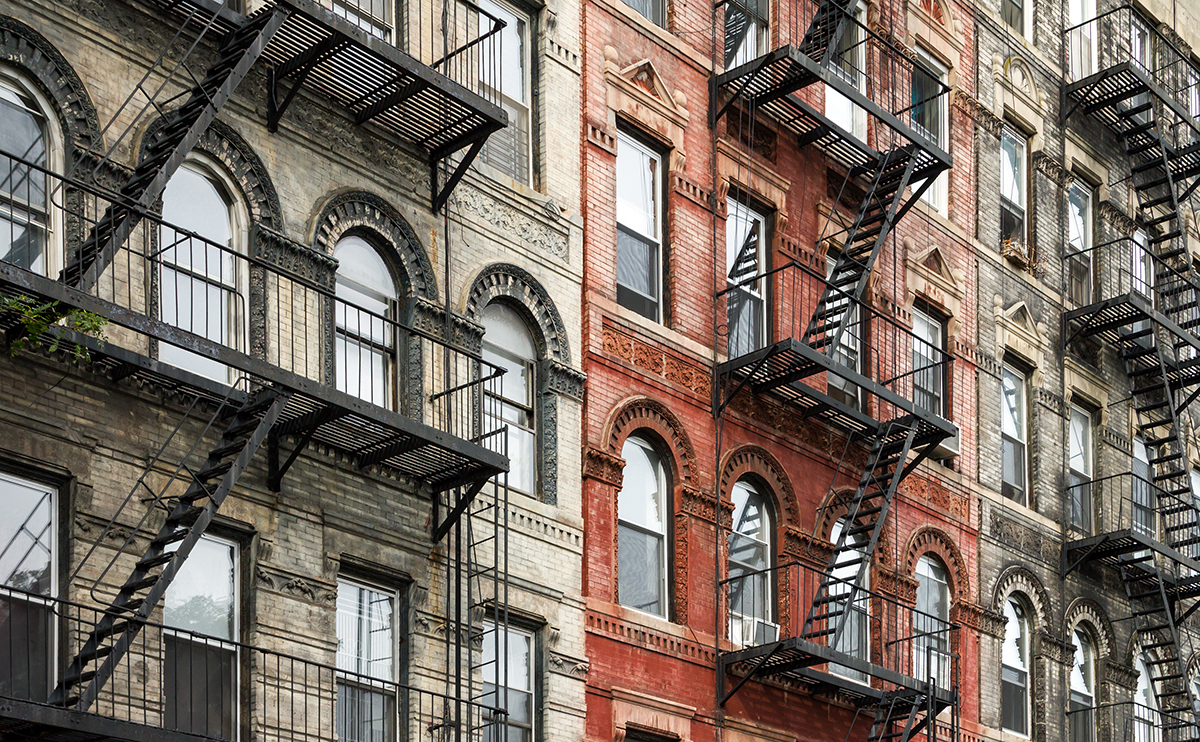Are Small Asset Apartments Still Gentler on the Wallet?

Though income improvement has recently surpassed rent growth, new research finds that small properties (5 to 49 units) continue to provide a relatively more affordable option compared to large apartment buildings.
Growth in Housing Expenditures and Household Income
Apartment affordability has become a hot-button issue across nearly all major US cities, with some groups, including the Harvard Joint Center for Housing Studies (JCHS) and the National Multifamily Housing Council (NMHC), even characterizing it as a ‘rental affordability crisis’.
The current situation is the result of a combination of factors. Most prominent is that the tardy pace of post-recession wage growth has not kept pace with skyrocketing rents.
At the same time, markets experienced a small let-up in this situation for year-end 2015, according to the latest information from the US Census Bureau’s American Community Survey (ACS).
As shown above, over the 2014-2015 time period, average household incomes across all apartments grew a shade faster than gross rents (the total cost of housing, including utilities).
While households living in small properties saw a lower annual rate of income increase at 5% compared to households in large buildings, they also experienced a slightly lower increase in gross rents at 3.8%.
The rent growth demonstrated in 2014-2015 for both small and larger apartment assets significantly outpaces the average annual growth seen in 2006 to 2014 (2%) found when we last examined this topic.
Housing Affordability Measure
In other good news for renters, small asset households saw a slight decline in the portion of household income allocated to total housing costs (gross rents) from 40.2% in 2014 to 39.5% by year-end 2015 (70 bps).
While large building households did experienced a 50 bps decrease in income allocation to total housing costs, the 41.1% of household income going towards gross rents in 2015 was higher compared to small buildings.
In fact, the level gap between small and large buildings actually widened from 1.4% in 2014 to 1.6% in 2015.
This findings suggest that small apartment buildings still offer a relatively more affordable option, especially to families with children. This is especially true compared to the highly amenitized large buildings, which are located in dense urban cores.
For small building apartment owners and property managers, tracking the income levels of their core market can prove a beneficial exercise when determining how to balance rental rates and vacancy levels.

